If you are looking for a dog that brings security and companionship, these nine breeds deserve your attention. Known for their alert nature and strong guarding instincts, these dogs often bark at the first sign of a gate opening or unusual activity.
Some of them are born protectors, while others can be trained to respond to suspicious movements. Understanding their barking triggers, temperament, and training needs helps ensure your dog remains a reliable yet manageable watchdog.
Let’s explore the top dog breeds that will not only watch your locked gate but also fit in well as loyal family pets.
Dog Breeds That Bark When Locked Gates Are Opened
1. German Shepherds
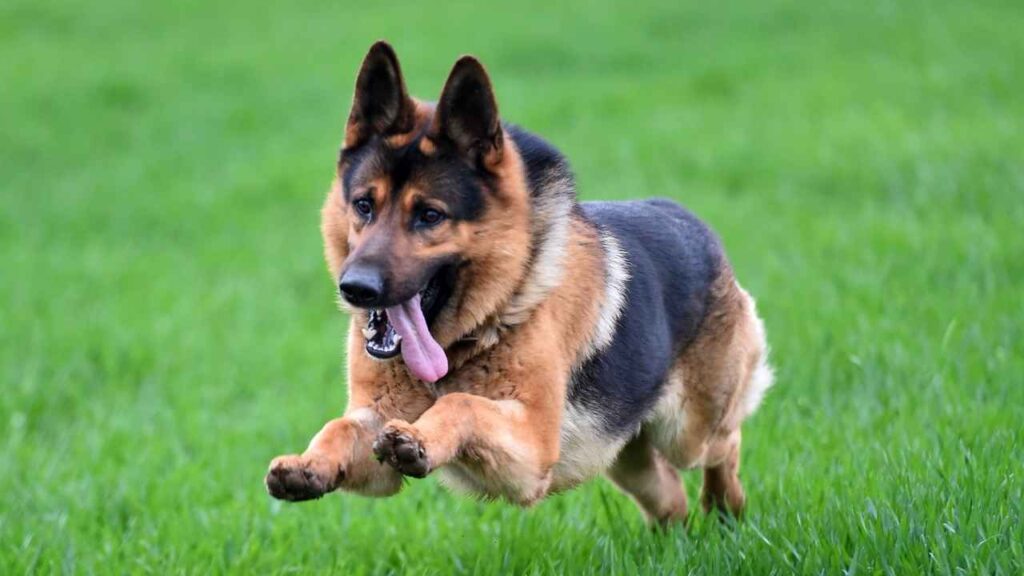
German Shepherds are intelligent, loyal, and known for their obedience training. They are commonly used in security work and police forces, due to their heightened sense of alertness. They have a life expectancy of up to 12-14 years, as per the AKC.
These dogs are highly alert to unfamiliar presence or perceived threats and will start barking the moment someone tries to open a locked gate.
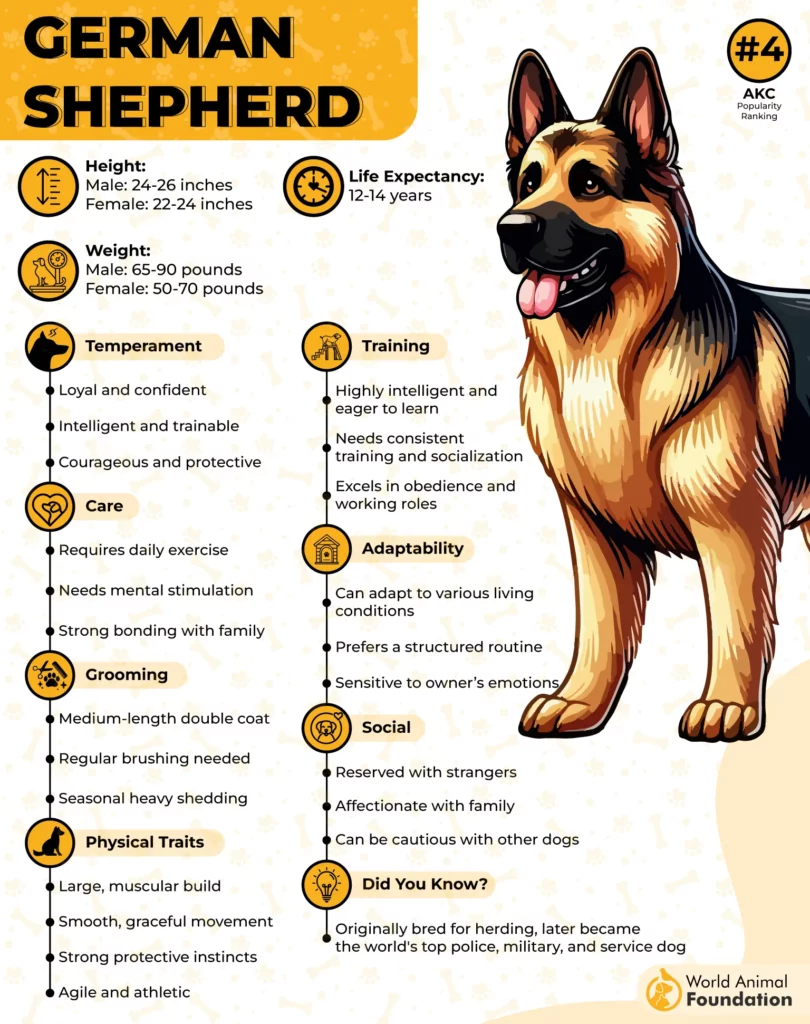
Their barking occurs when they detect a disturbance, and their natural urge to guard family members and territory is triggered. A German Shepherd’s bark acts as a loud warning.
German Shepherds can become reactive due to forced obedience, insufficient exercise, and poor social adjustment. Issues like a lack of impulse control and unclear boundary training can also make them struggle in fast-paced environments.
With proper training sessions and exercise, their behavior can be controlled to avoid anxious barking.
2. Rottweiler

Rottweilers are dominant and muscular, making them one of the best guard dogs. When a stranger approaches or tries to tamper with a gate, a Rottweiler’s deep and rumbling bark serves as a powerful deterrent.
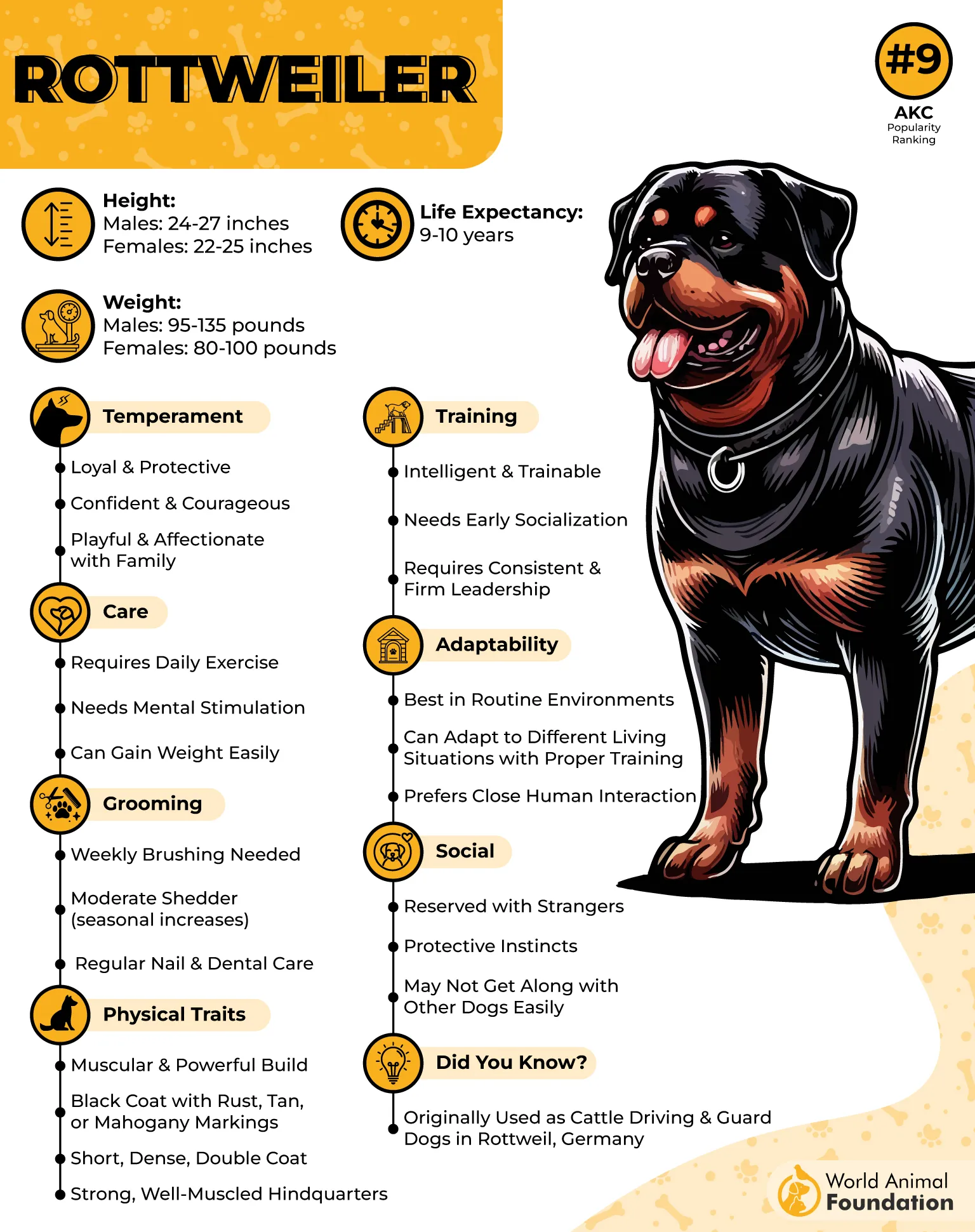
Many dogs bark at strangers, but the Rottweiler’s bark is intense due to its nature. These dogs are very alert, and barking often occurs as a response to unfamiliar sounds or potential danger.
Historically, Rottweilers gained popularity as police dogs in the 1800s.
Rottweilers need structured training and regular physical exercise to manage their energy and control their reactions.
3. Australian Shepherd

The Australian Shepherd is a high-energy breed that was originally bred for herding. Due to their intelligence and loyalty, they often bark when they sense a disturbance, such as the door or gate opening.

While not natural bark dogs, they are very aware of their surroundings and may bark quickly when gates or doors are opened. Their bark is more of an alert response than a threat, making them useful as watchdogs.
Because of their high activity level, Australian Shepherds need plenty of stimulation, including long walks and interactive play. Obedience training can help in teaching them to react only to actual threats and stay quiet otherwise.
4. Alaskan Malamute

The Alaskan Malamute is friendly but also known for its loud vocalizations. Although they are not aggressive guard dogs, barking occurs when they notice something unusual.
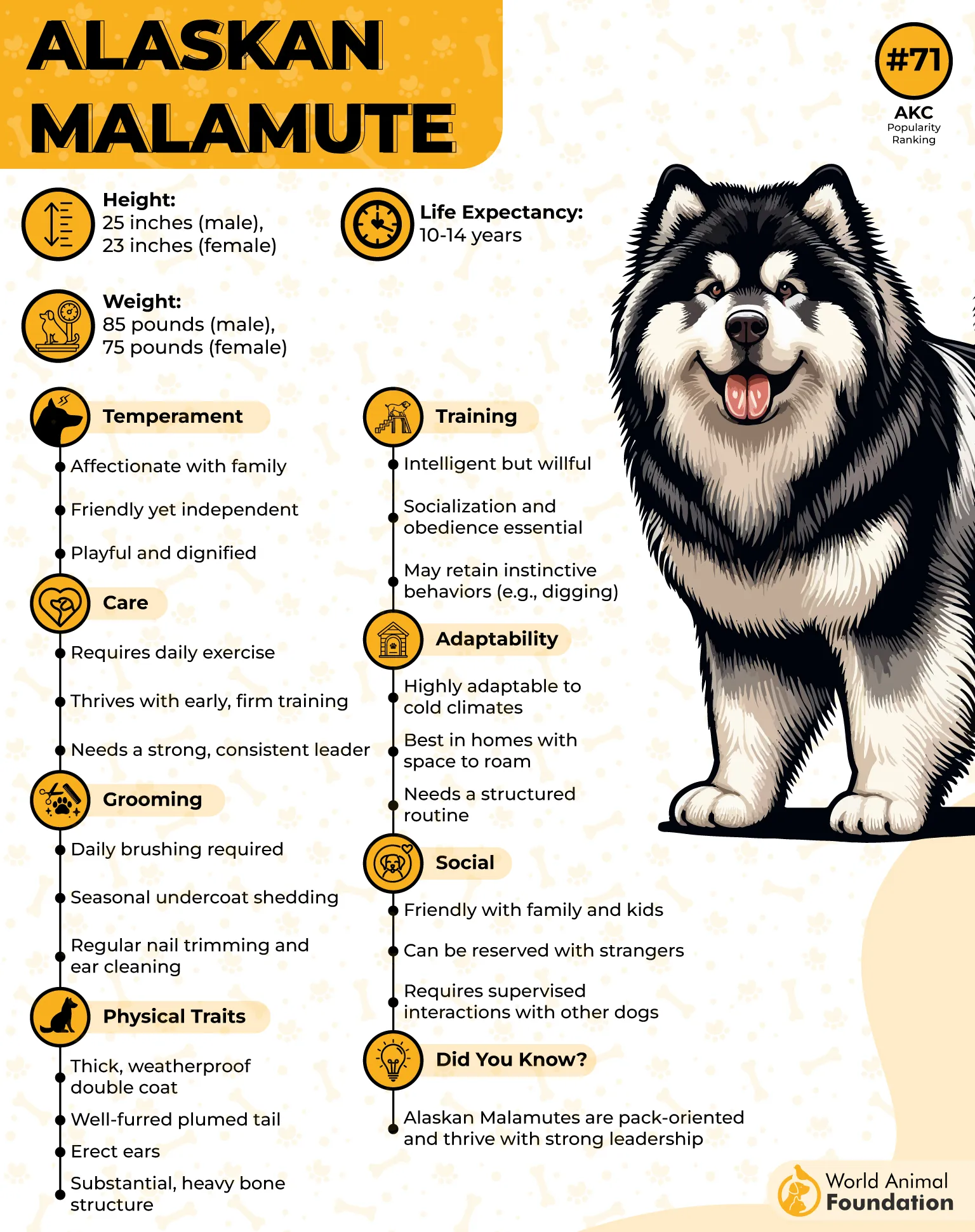
The Alaskan Malamute is one of the oldest and most ancient dog breeds in the world, according to the Malamute Rescue.

These dogs are social and very aware of their surroundings. Their reaction to noise or movement around the house can cause barking, especially near the gates.
Teaching them commands and keeping them mentally stimulated can help reduce unnecessary barking. Despite their size, they respond well to calm behavior correction methods.
5. Miniature Schnauzer

Miniature Schnauzers may be small in size, but they are full of spirit and quick to sound the alarm. These dogs start barking the moment they hear footsteps, gate movement, or unexpected knocks. They are the smallest of the three Schnauzer breeds.
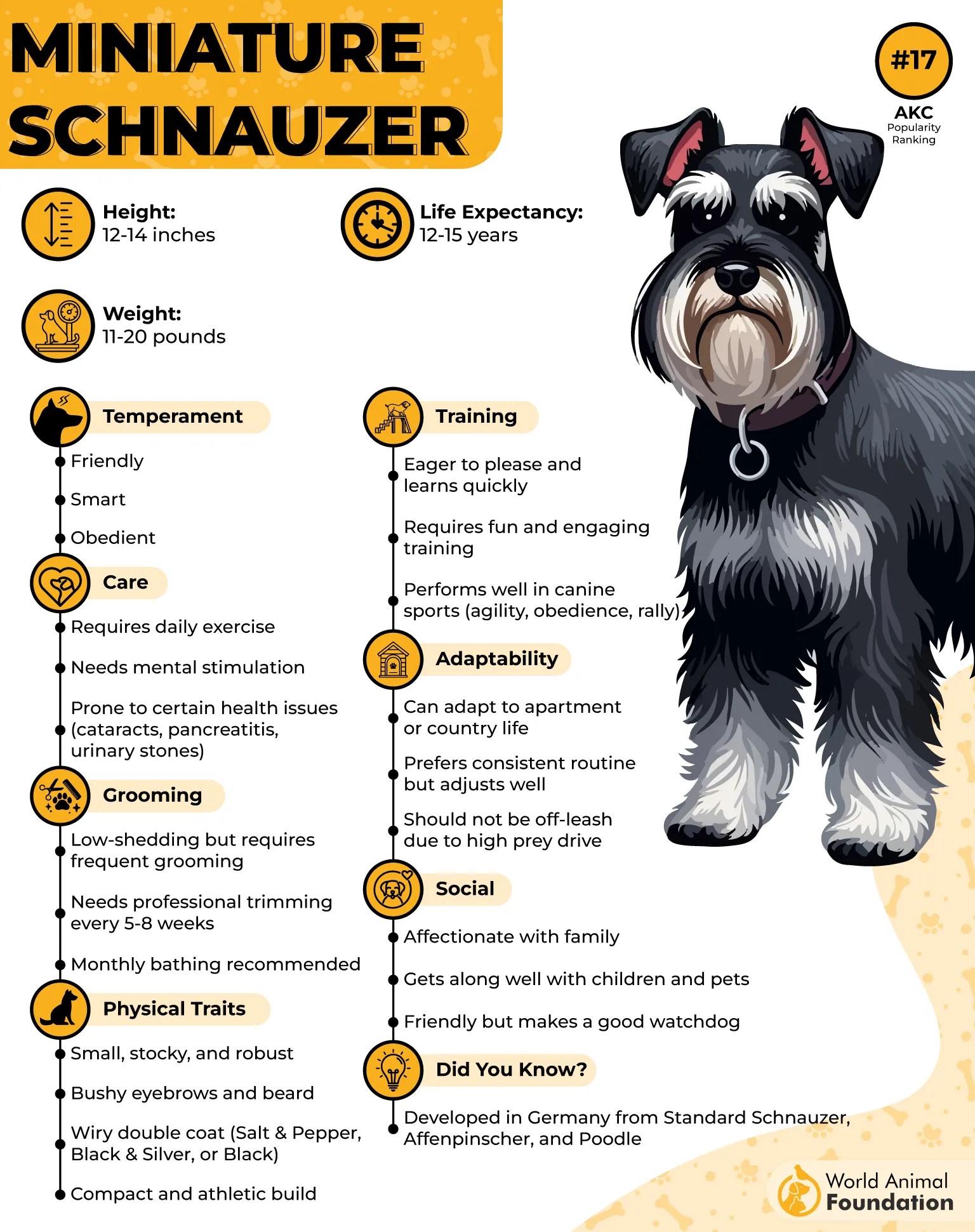
Their tail wagging and barking are signs of excitement or perceived threat. These dogs often react to other animals, friends walking by, or even the sound of a knock.
Teaching them alternative behavior through consistent training can help reduce excessive barking. Schnauzers respond well to treats and are motivated by praise and play, making training relatively easy with consistency.
Miniature Schnauzers typically bark when they sense danger, feel stressed, are hungry, or want attention. Therefore, if the dog is barking excessively, the owner must stay alert to these possible triggers.
6. Yorkshire Terrier

Yorkies may be tiny, but they have got a big personality and even bigger bark. These small terriers often bark when they detect movement near the gate or front door.
Their alertness makes them surprisingly effective watchdogs, especially in apartments or small homes.

Barking is usually triggered by fear, curiosity, or a sense of duty to protect their owner.
Introducing a quiet command and using reward-based obedience training can help Yorkies learn to bark only when truly necessary. Early socialization also helps minimize their tendency to overreact to harmless sounds.
7. West Highland White Terrier
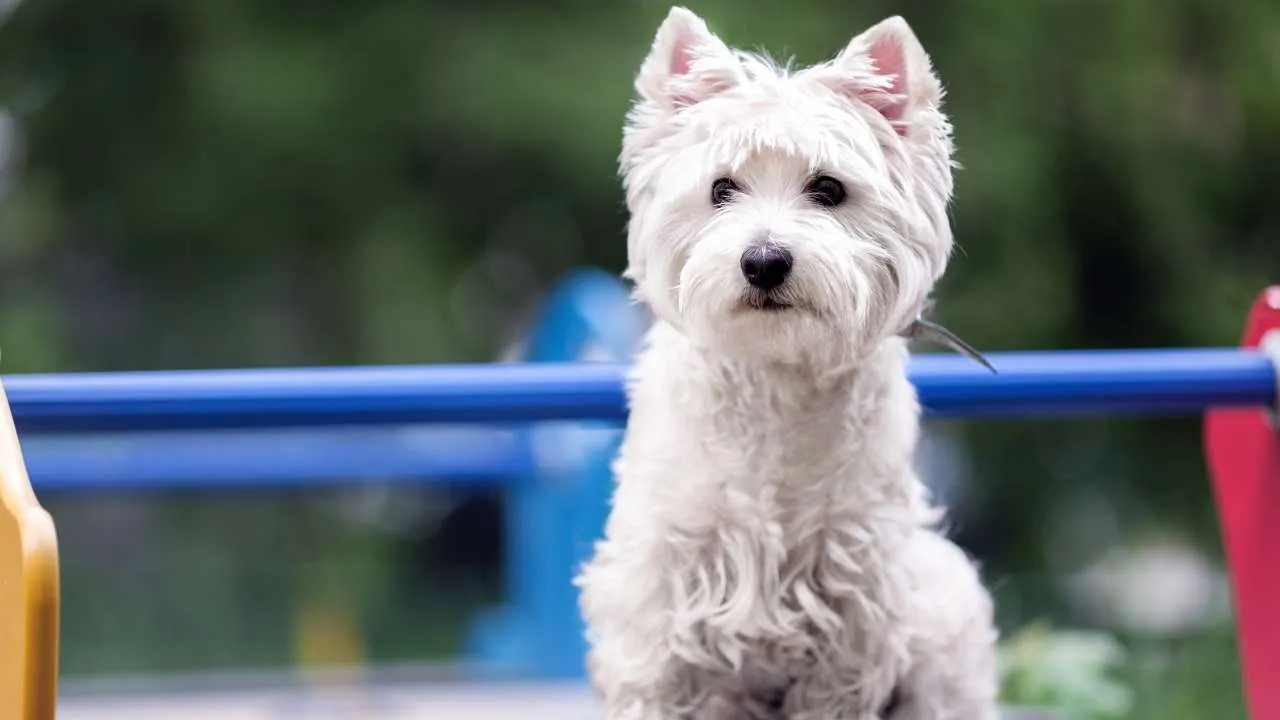
West Highland White Terriers, or Westies, are cheerful and full of energy, but they also take their role as gate-watchers seriously. These dogs bark loudly at strangers, unfamiliar animals, or sudden gate movement.
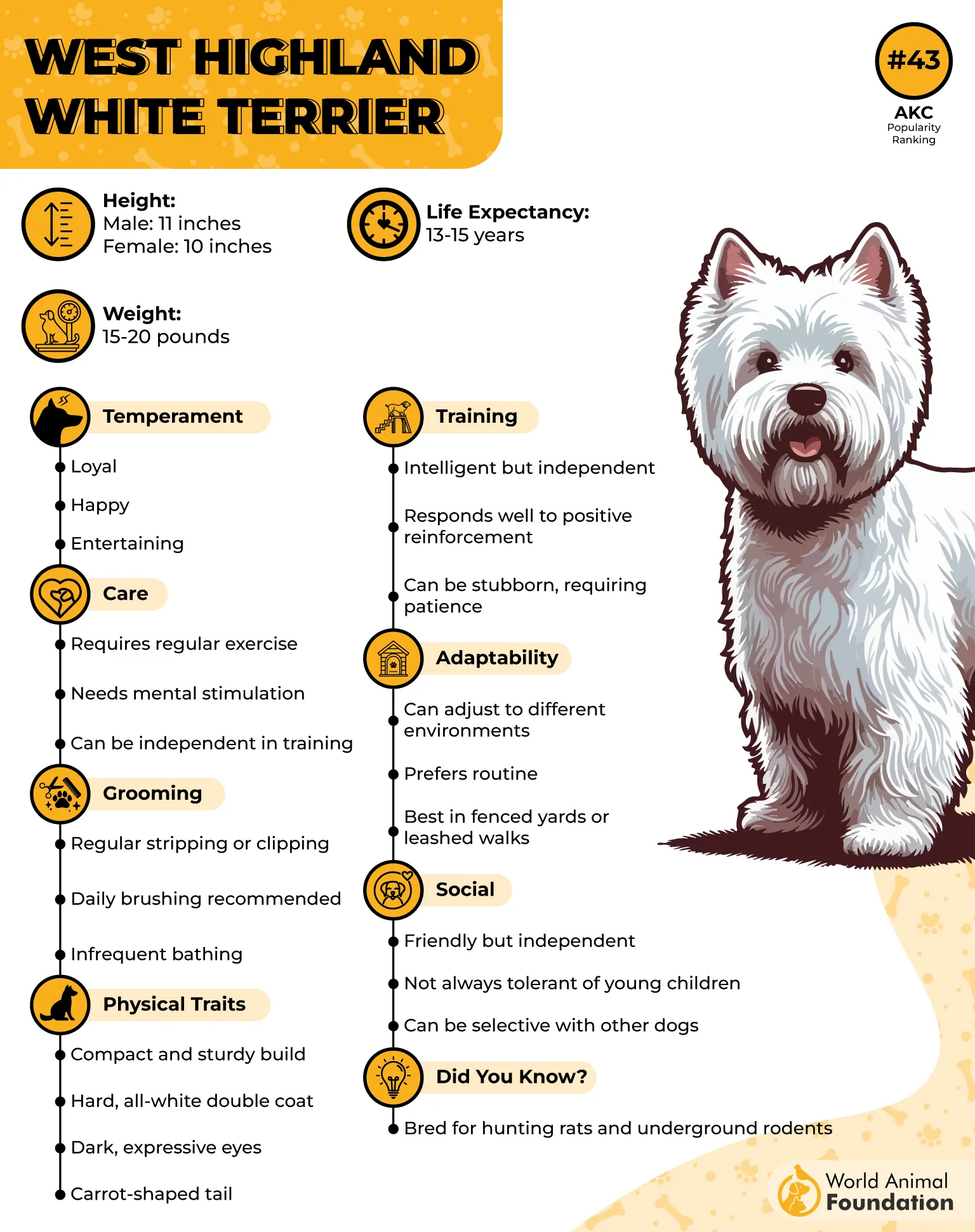
The name West Highland White Terriers reflects both the breed’s origin and its distinctive coat color. These dogs hail from the Western Highlands of Scotland, and their only recognised coat color is white.
Though friendly in nature, their protective side shines when they sense a disturbance. Westies do well with training and are usually quick learners.
Teaching them when it’s appropriate to bark and rewarding moments of quiet behavior helps reinforce control over their vocal habits. Daily walks and attention keep them happy and calm.
8. Chihuahua

Chihuahuas are small but bold and full of attitude. Their bark is often louder than you would expect from such a tiny dog, according to The Kennel Club. They frequently bark when they hear footsteps outside, strange sounds, or the gate being opened.
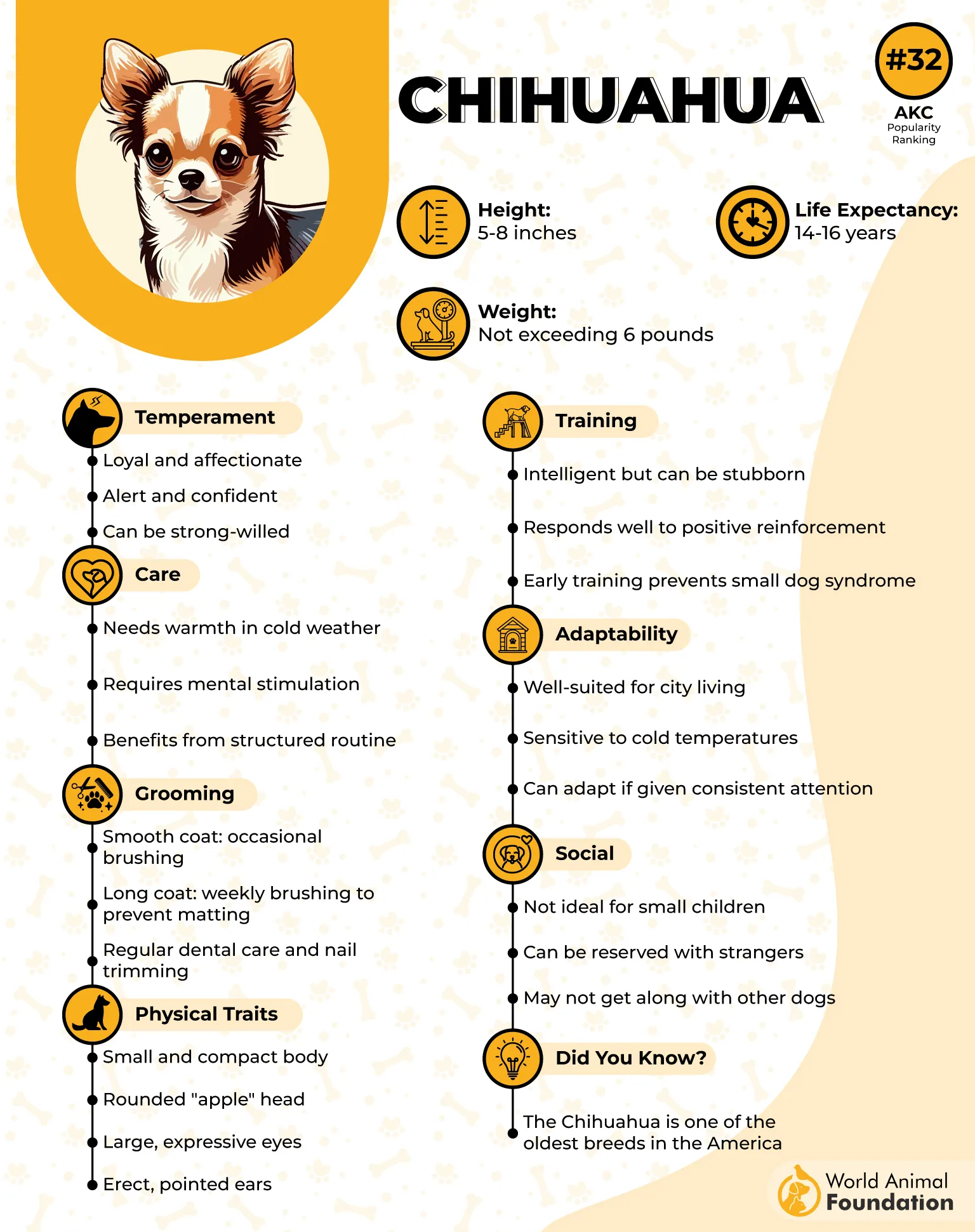
Many Chihuahuas see themselves as fierce defenders of their space.
While their behavior may seem excessive, it stems from a mix of fear, excitement, and loyalty. Training them with crate comfort, leash walks, and calm routines helps control outbursts.
Using toys and treats during training can teach them to respond more calmly to triggers.
9. Miniature Pinscher

Miniature Pinschers are lively, territorial, and incredibly alert. Despite their small size, they have a strong instinct to guard their home. Their barking occurs at anything they find unusual, such as a gate opening or a stranger nearby.
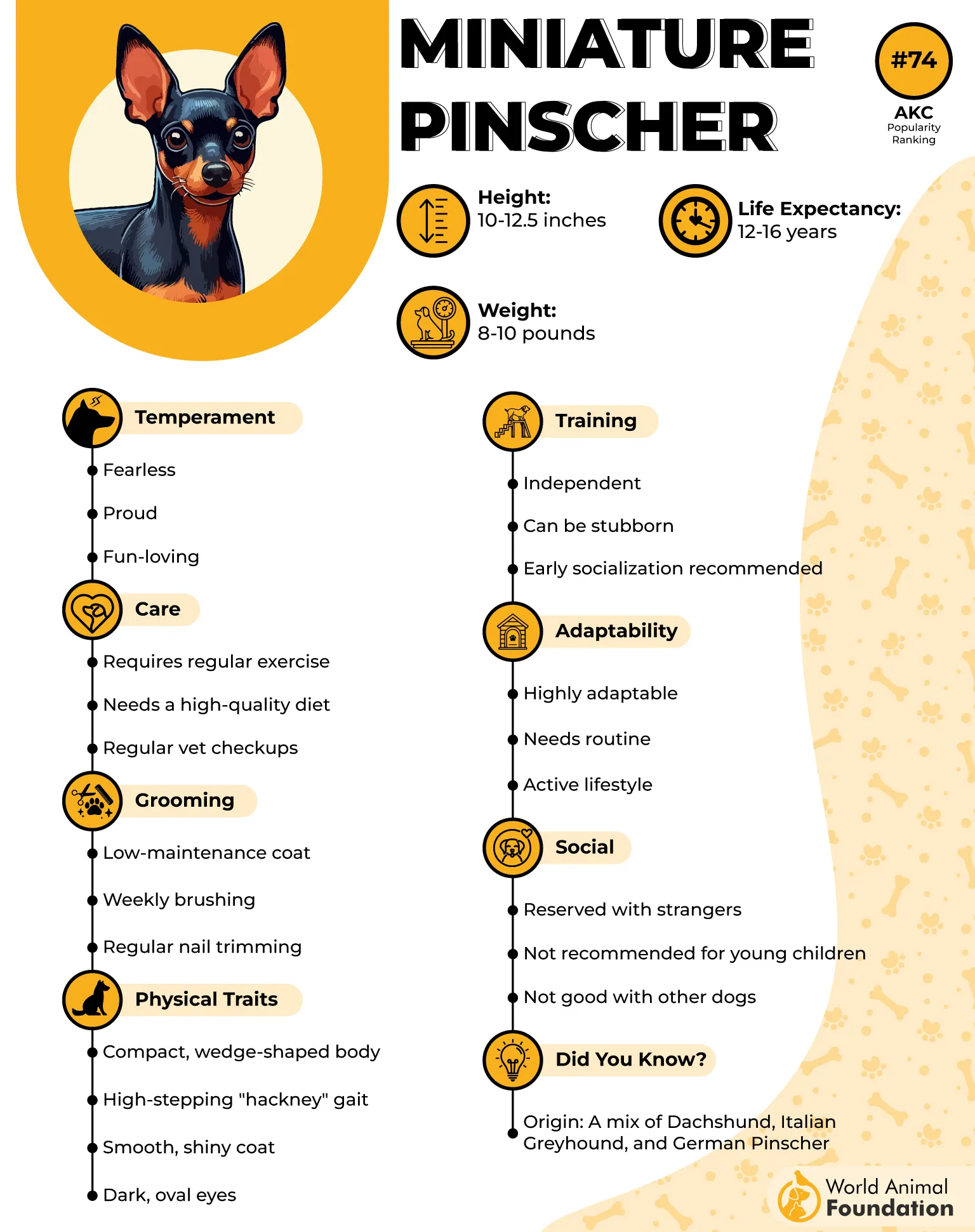
Their energy and confidence make them excellent watchdogs, but they can also be prone to excessive barking if not trained properly.
Structured sessions that include obedience training, leash control, and redirecting excitement through play are key. Min Pins need a firm but loving hand to balance the high energy with discipline.
Conclusion
Barking is a natural behavior for many dogs, especially when they sense a gate being opened or a stranger approaching. But barking can come from varied sources, including excitement, fear, territorial defense, or habit.
With the right mix of training, positive reinforcement, physical activity, and mental stimulation, dog owners can teach their pets when it’s appropriate to bark and when to stay calm.
Still, these breeds are hardwired to protect, and their loyalty, tail wagging, and voice ensure you are always informed when something is up.
Choose the breed that suits your home, lifestyle, and security needs to help them settle into a calm and secure home environment.


